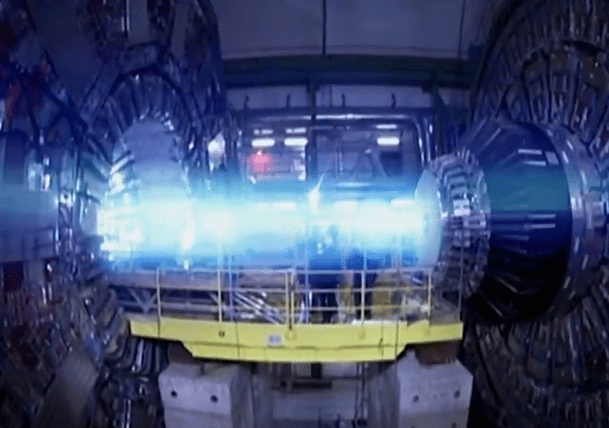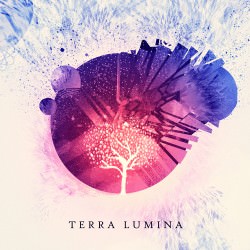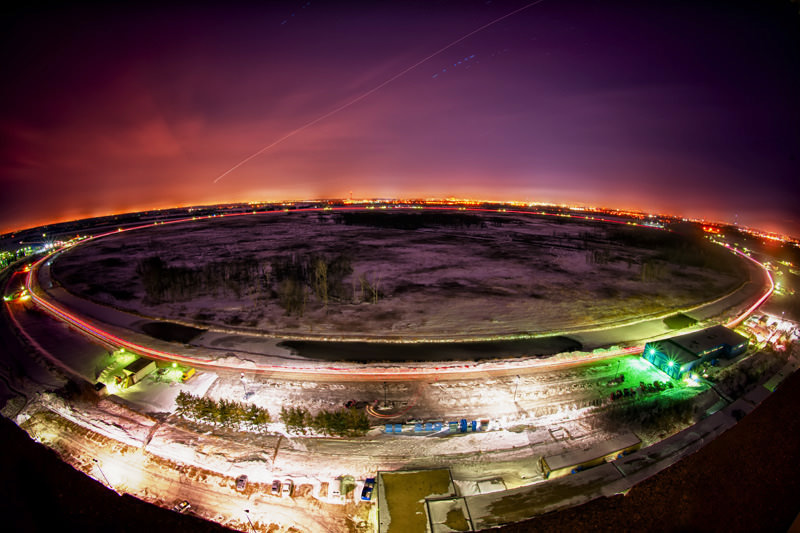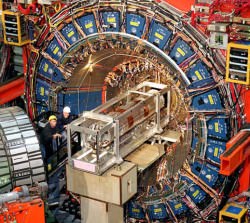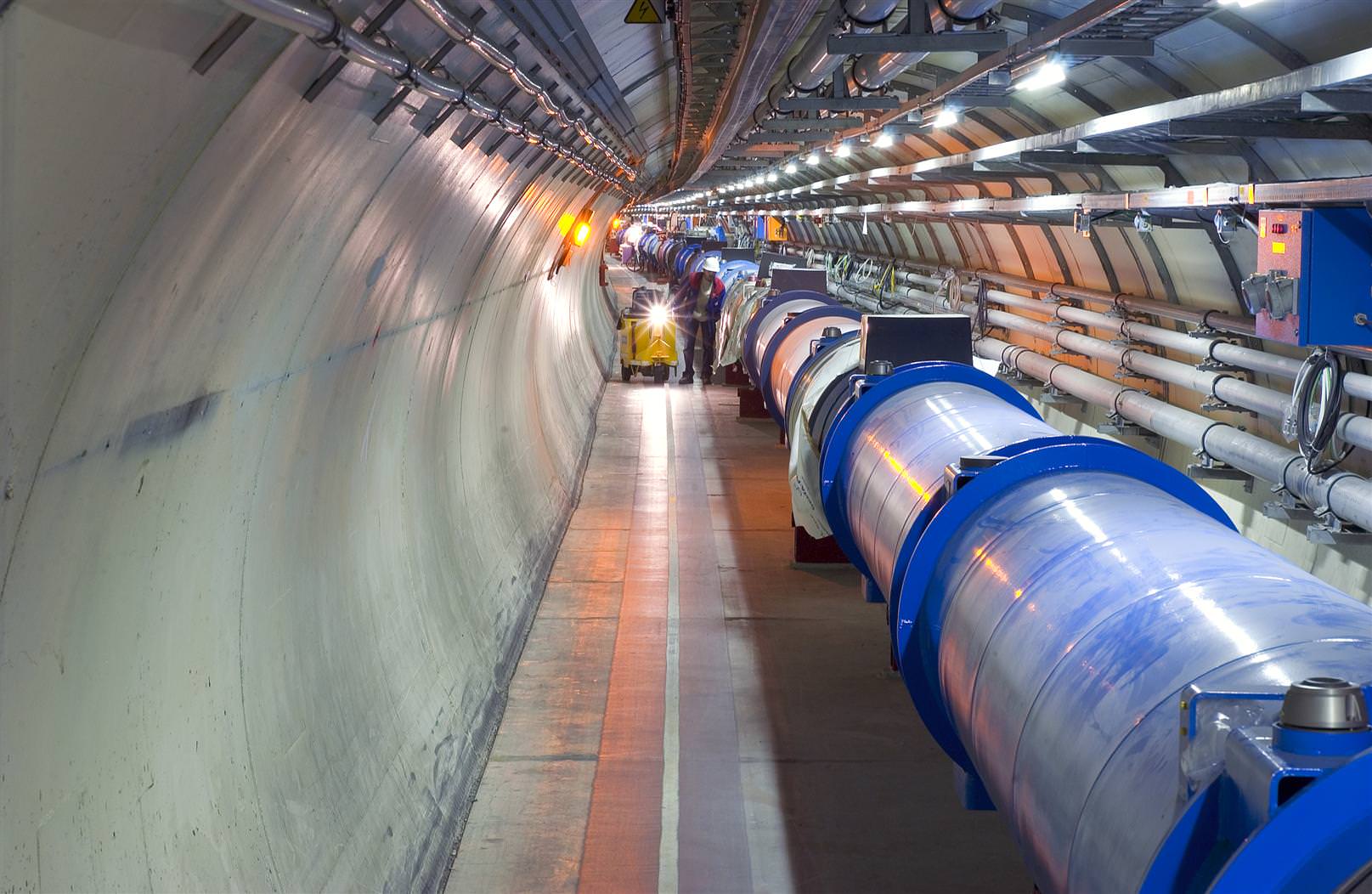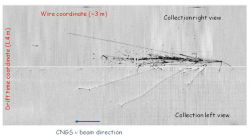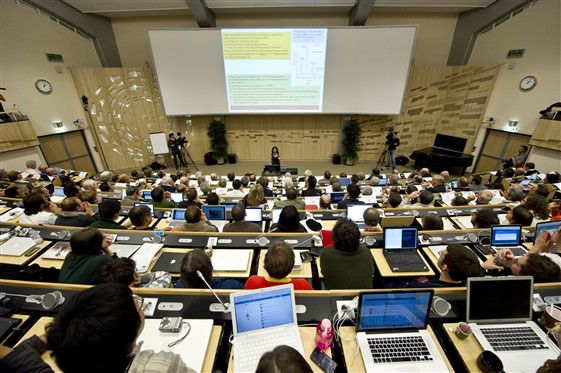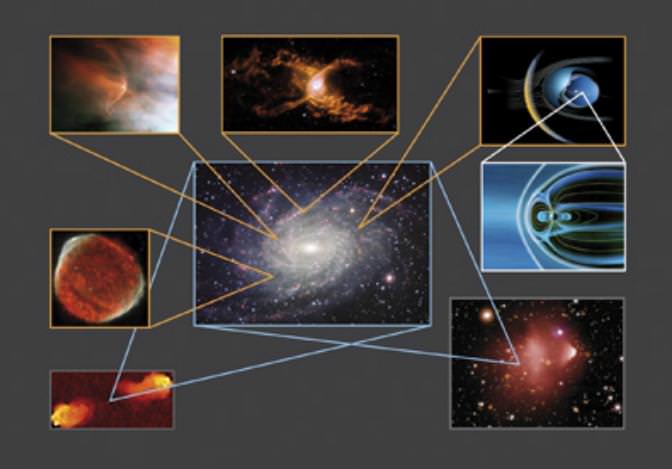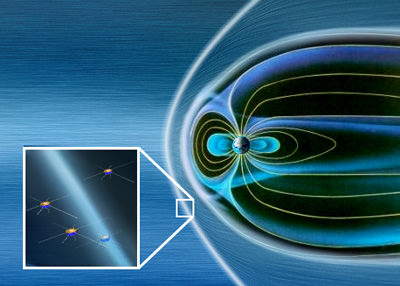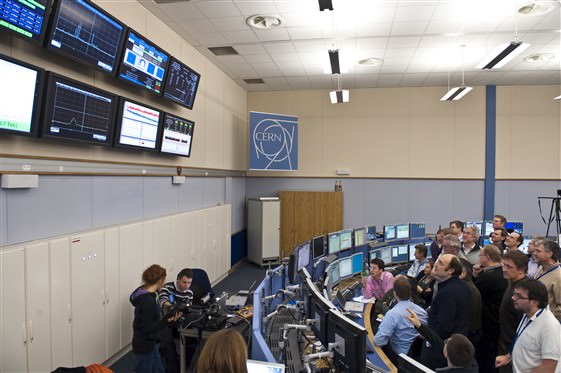With its first runs of colliding protons in 2008-2013, the Large Hadron Collider has now been providing a stream of experimental data that scientists rely on to test predictions arising out of particle and high-energy physics. In fact, today CERN made public the first data produced by LHC experiments. And with each passing day, new information is released that is helping to shed light on some of the deeper mysteries of the universe.
This week, for example, CERN announced the discovery two new subatomic particles that are part of the baryon family. The particles, known as the Xi_b’– and Xi_b*–, were discovered thanks to the efforts of the LHCb experiment – an international collaboration involving roughly 750 scientists from around the world.
The existence of these particles was predicted by the quark model, but had never been seen before. What’s more, their discovery could help scientists to further confirm the Standard Model of particle physics, which is considered virtually unassailable now thanks to the discovery of the Higgs Boson.
Like the well-known protons that the LHC accelerates, the new particles are baryons made from three quarks bound together by the strong force. The types of quarks are different, though: the new X_ib particles both contain one beauty (b), one strange (s), and one down (d) quark. Thanks to the heavyweight b quarks, they are more than six times as massive as the proton.
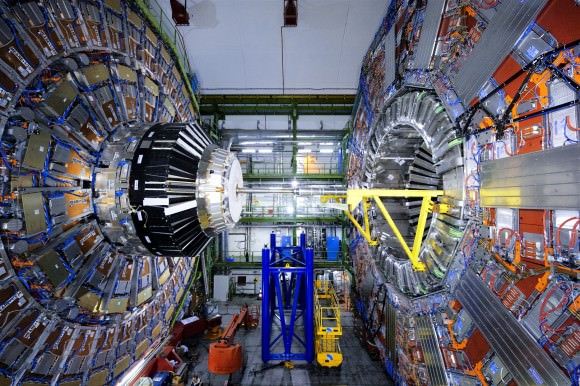
However, their mass also depends on how they are configured. Each of the quarks has an attribute called “spin”; and in the Xi_b’– state, the spins of the two lighter quarks point in the opposite direction to the b quark, whereas in the Xi_b*– state they are aligned. This difference makes the Xi_b*– a little heavier.
“Nature was kind and gave us two particles for the price of one,” said Matthew Charles of the CNRS’s LPNHE laboratory at Paris VI University. “The Xi_b’– is very close in mass to the sum of its decay products: if it had been just a little lighter, we wouldn’t have seen it at all using the decay signature that we were looking for.”
“This is a very exciting result,” said Steven Blusk from Syracuse University in New York. “Thanks to LHCb’s excellent hadron identification, which is unique among the LHC experiments, we were able to separate a very clean and strong signal from the background,” “It demonstrates once again the sensitivity and how precise the LHCb detector is.”
Blusk and Charles jointly analyzed the data that led to this discovery. The existence of the two new baryons had been predicted in 2009 by Canadian particle physicists Randy Lewis of York University and Richard Woloshyn of the TRIUMF, Canada’s national particle physics lab in Vancouver.

As well as the masses of these particles, the research team studied their relative production rates, their widths – a measure of how unstable they are – and other details of their decays. The results match up with predictions based on the theory of Quantum Chromodynamics (QCD).
QCD is part of the Standard Model of particle physics, the theory that describes the fundamental particles of matter, how they interact, and the forces between them. Testing QCD at high precision is a key to refining our understanding of quark dynamics, models of which are tremendously difficult to calculate.
“If we want to find new physics beyond the Standard Model, we need first to have a sharp picture,” said LHCb’s physics coordinator Patrick Koppenburg from Nikhef Institute in Amsterdam. “Such high precision studies will help us to differentiate between Standard Model effects and anything new or unexpected in the future.”
The measurements were made with the data taken at the LHC during 2011-2012. The LHC is currently being prepared – after its first long shutdown – to operate at higher energies and with more intense beams. It is scheduled to restart by spring 2015.
The research was published online yesterday on the physics preprint server arXiv and have been submitted to the scientific journal Physical Review Letters.


